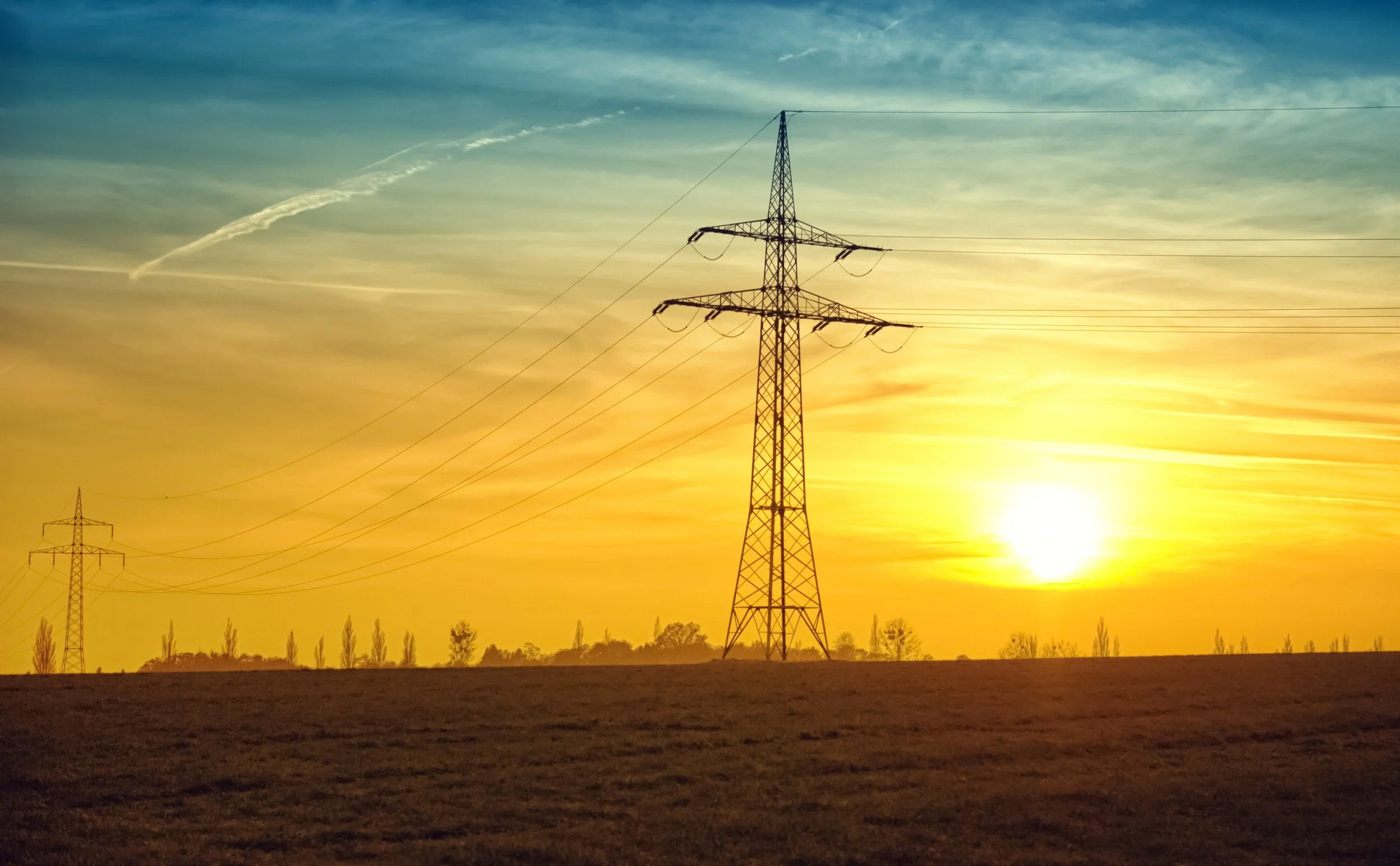China Releases First National-Level Policy Document Guiding Storage Industry Development
On October 11, 2017, China released its first national-level guiding-policy document covering energy storage. The document, “Guiding Opinions on Promoting Energy Storage Technology and Industry Development” (hereafter referred to as “Guiding Opinions”) marks a significant milestone, providing a unified framework for subsequent policies and detailing key development tasks. The announcement comes at a ripe time for the industry. According to data from the China Energy Storage Alliance (CNESA), between 2016 and June 2017, over 1.35 GW of electrochemical energy storage projects were completed or under construction. Compared to the growth between 2000-2015, China has increased its domestic storage capacity by a factor of 9.6.
Jointly published by the National Development and Reform Commission, Ministry of Finance, Ministry of Science and Technology, Ministry of Information and Information Technology, and the National Energy Administration (NEA), the “Guiding Opinions” is the culmination of over 1.5 years work. In 2016 the NEA tasked China Energy Storage Alliance (CNESA) with organizing stakeholder input from power companies, renewable energy companies, market operators, and consultation from a panel of over 20 experts. The Chinese Academy of Sciences Institute of Thermal Physics, Institute of Physics, Electric Power Research Institute, and Tsinghua University all contributed with supporting research.
The document is structured around three key points to:
Affirm importance of energy storage in relation to development priorities such as smart grids, high renewable energy grid-penetration, and the “Internet of Energy.”
Set development goals and key tasks over the upcoming 10 years.
Outline necessary supporting policy directions to be enacted to achieve these goals.
The “Guiding Opinions” clearly identifies energy storage as an asset to the modern power grid, to provide grid services, and ensure quality grid operations, resiliency, and safety.
Particularly important are the development goals and key tasks specifically laid out, providing a clear idea of how the Chinese industry will take shape in the near future. Over a 10-year period, the document envisions two stages of development. In the first half, domestic storage technology production will reach advanced international standards, with preliminary accomplishments in creating a standards body. The second half of development, which will fall into the 14th Five Year Planning Period, (China is currently in the 13th Five Year Planning Period) will show a mature industry with world-class, internationally competitive technology.
On the road to achieving technology advancements, the document outlines specific plans for model demonstrations verifying various technologies at specific power and capacity ratings. Included in these are plans for projects such as:
10 MW/100 MWh-grade CAES demonstration
10 MW/1000-MJ grade flywheel demonstration
100 MW-grade Li-ion battery demonstration
100 MW-grade vanadium flow battery demonstration
Construction of any of the above would represent significant technology breakthroughs. For reference, the world’s largest capacity Li-ion battery project in operation currently stands at 30 MW/120MWh in California.
Plans are also included (without specific power ratings) for molten salt thermal storage and advanced lead-based battery technologies. In all, the “Guiding Opinions” stresses the importance of developing a diverse array of technologies suitable for different applications.
To achieve these goals, the document calls for subordinate government agencies to establish policies governing pricing mechanisms, technology standards, intellectual property protections, and battery material recycling. In addition, the “Guiding Opinions” also lists out plans to bolster support for continued trial demonstrations, clarifying compensation mechanisms, guiding investments, and continuation of power system market reforms.
While there have been some movements in the local and regional policy sphere geared towards energy storage, such as the ancillary services market pay-back mechanisms in the Northeast along with additional guiding documents supporting energy storage issued in Dalian and Handan, the “Guiding Opinions” are the first concerted national-scale effort.
According to CNESA’s 2017 white paper, electrochemical energy storage installed capacity is expected to grow to 2 GW by 2020, while molten salt and compressed air storage are expected to reach 1.8 GW and 148 MW, respectively. Increased policy support for energy storage will ensure these predictions become reality.
As China’s sole association representing the energy storage industry, CNESA is pleased by the recent policy developments and looks forward to continuing to work towards accelerating the growth of this crucial technology.

